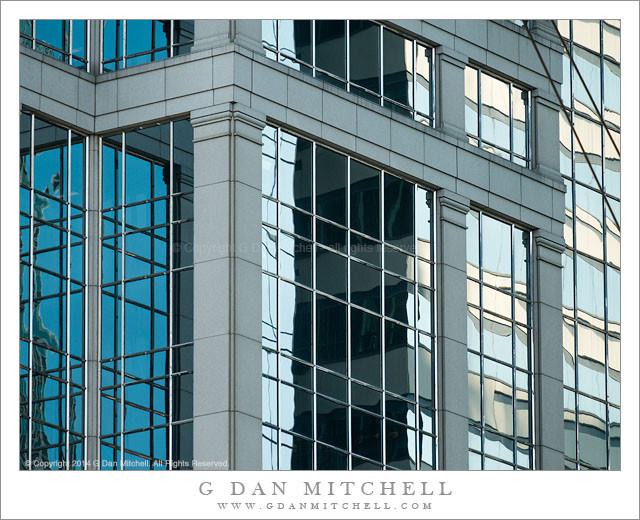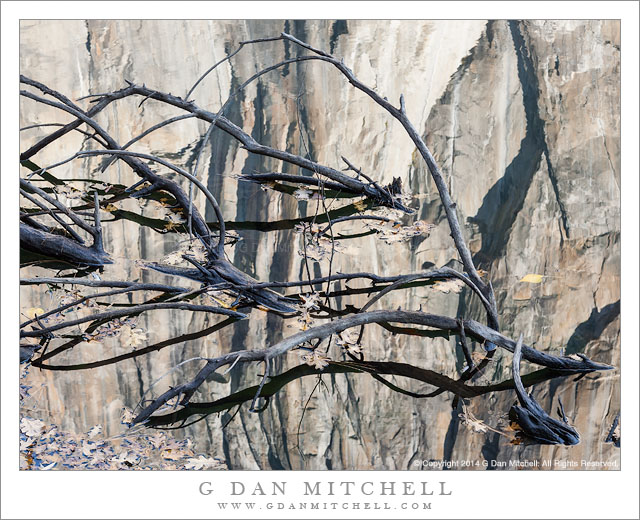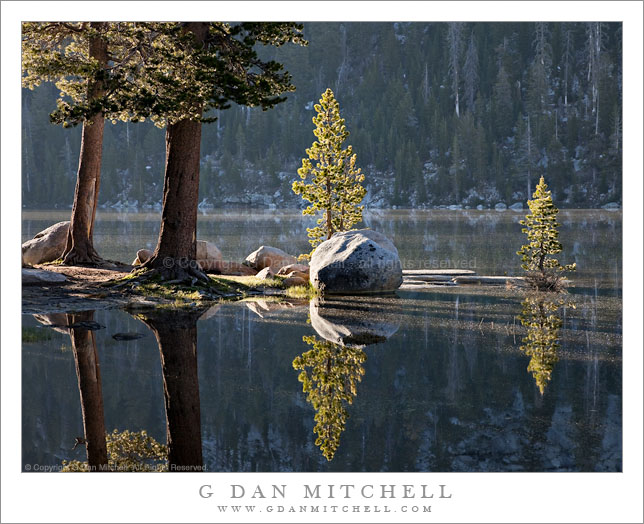
Mirror in Mirror. Chicago, Illinois. August 2, 2014. © Copyright 2014 G Dan Mitchell – all rights reserved.
Reflecting surfaces of Chicago architecture
This is another of my architectural detail photographs from our summer 2014 visit to Chicago. We decided to cross the continent the old-fashioned, slow way — we took the train from the San Francisco Bay Area to New York City. The first leg was on the venerable California Zephyr to Chicago, and we decided to take a few extra days in Chicago before boarding the Lakeshore Limited (also apparently known as the Late Shore Limited…) to Manhattan. We stayed right in downtown Chicago, just a few blocks from Millennium Park, so there was plenty to see and do. One morning we took the architectural tour up the river, something that I had not done before.
I enjoy Chicago. Part of it appeals to my long-ago midwestern roots, I think. But it is also a cosmopolitan big city with a quality all its own. While the buildings are as huge as those of any other big city, the urban center sprawls in a way that is quite different from, say, New York City or from our familiar San Francisco. It seems like views of the architecture are a bit more opened and varied, and much more light seems to get down to street level. I’ve long been fascinated by close-in photographs of building details, especially when they include windows like these. When I look at them initially I see a big, sturdy building. But looking more closely I see that most of what I’m looking at is not-the-building, but instead is a series of reflections and reflections of reflections in the windows, and the whole structure starts to take on a more insubstantial quality.
 G Dan Mitchell is a California photographer and visual opportunist. Blog | About | Flickr | Twitter | Facebook | Google+ | 500px.com | LinkedIn | Email
G Dan Mitchell is a California photographer and visual opportunist. Blog | About | Flickr | Twitter | Facebook | Google+ | 500px.com | LinkedIn | Email
All media © Copyright G Dan Mitchell and others as indicated. Any use requires advance permission from G Dan Mitchell.



